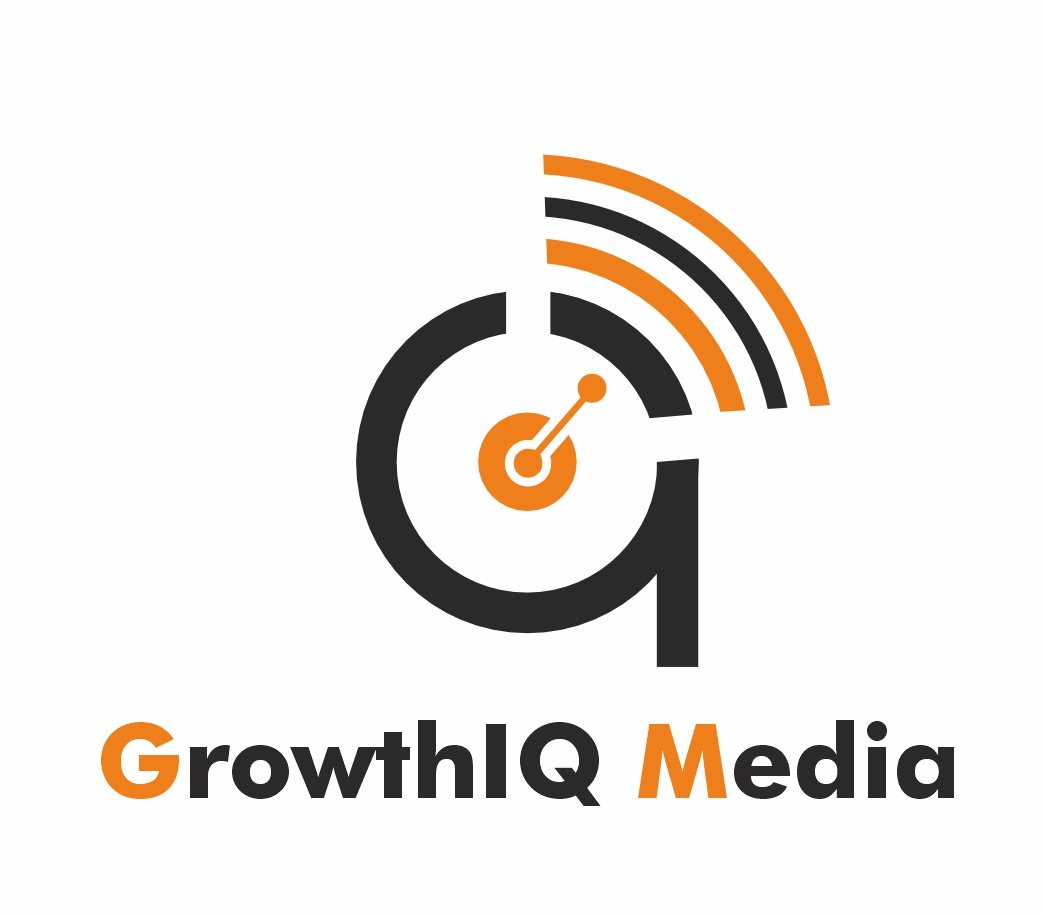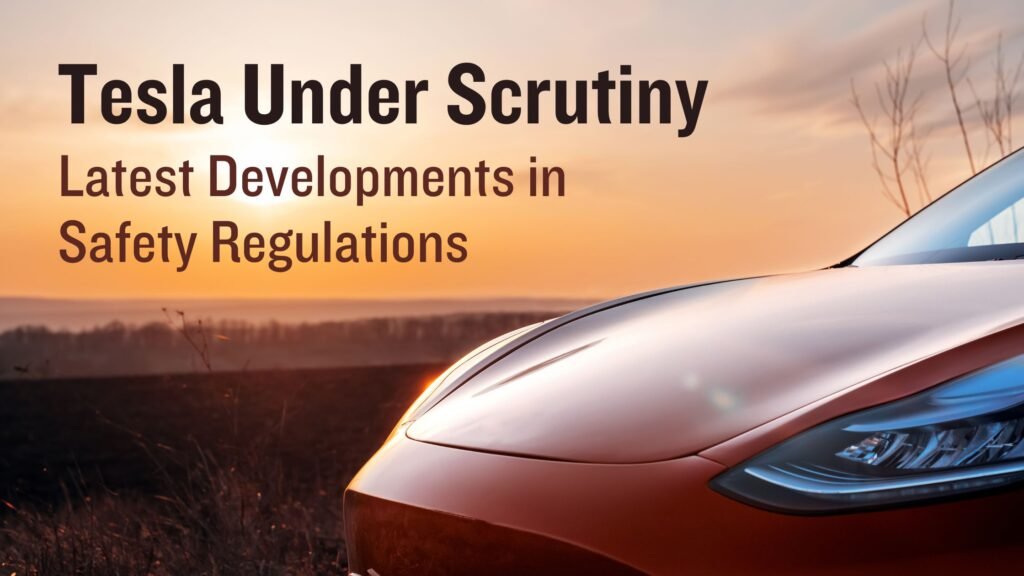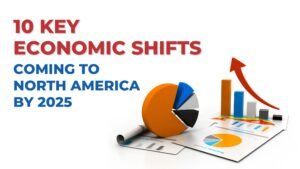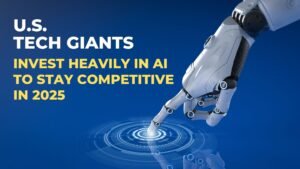Tesla, one of the best-known names in the electric vehicle (EV) space, committed itself to driving innovation far beyond what is considered state of the art in automobiles. Great change, however, brings much scrutiny-especially now that many are taking a serious look at safety standards. As it stands, pressure on Tesla is increasing about 2024 on this self-driving technology, as well as overall safety of its vehicles. This blog looks at the latest updates and what lies ahead for Tesla in safety regulation.
Tesla’s Self-Driving Technology and Regulatory Concerns
Much controversy has engulfed the Autopilot and the Full Self-Driving, FSD systems provided by Tesla. The sparks of excitement and criticism surround these features that are set towards reducing human error and enhancing safety. However, this has also drawn on-board criticism and scrutiny by governing agencies.
Double-Edged Swords: The Autopilot
Tesla’s Autopilot is a Level 2 automated driving system; this means the driver must stay attentive and be prepared to intervene at any moment. Nevertheless, there have been several accidents under operation at the engagement of Autopilot, which sparked questions regarding its safety and how Tesla marketed the item.
- Safety Record: More than 700 crashes of vehicles fitted with Tesla’s Autopilot or FSD systems have been reported to the NHTSA. Many of those incidents involved drivers not taking control and whether Tesla’s systems create a false sense of security had regulators scratching their heads.
- Ongoing Research: The NHTSA is already investigating 42 crashes related to Tesla’s Autopilot system. These investigations are crucial, as they may influence the enforcement of more regulatory measures, such as safer requirements for ADASs.
Recent Regulatory News
Due to numerous crashes and safety concerns, regulators will push their strict rules and regulations on Tesla and other car manufacturers who design the autonomous driving technology.
New NHTSA Regulations in 2024
In response to increasing concerns, NHTSA released updated safety standards in 2024. The new standards would make sure that car manufacturers like Tesla reach better security measures, particularly for cars that have autonomous features.
- Increased Testing Standards: Tesla will now be compelled to file detailed reports of its FSD testing, with the disengagement rate – when the human operator must intervene in the autonomous system. The data will, therefore, help in appraisal of how safe and reliable Tesla’s self-driving technology is.
- Stricter Advertising Policies: NHTSA also forced Tesla to alter its advertisement of the Autopilot and FSD systems. Now, these will be advertised with clear disclaimer clauses that inform consumers how limited Tesla’s self-driving technology is.
Tesla’s Reactions to Regulatory Pressure
Tesla reacted to increasing scrutiny by promising to enhance safety and to increase transparency in its operations.
- Over-the-Air Updates: On and off, Tesla frequently provides over-the-air software updates that enhance its vehicle’s capabilities for safety purposes. Notable among the updates were those it implemented on its FSD system in 2024-casting a spotlight on lane detection and pedestrian recognition. These are part of the efforts of Tesla to be a step ahead of regulatory demands.
- Commitment to data sharing: As concerns the regulation, the company agreed to give the NHTSA and other agencies access to more data, including more detailed crash reports and also granular performance metrics from vehicles used with Autopilot or FSD.
Impact on Tesla’s Business Operations
More regulations can certainly limit the scope of innovation that Tesla can achieve. But the most important impact of compliance has to be an assurance of people’s confidence in it and the ability to steer clear of legal tussles against Tesla. Criticism at Tesla can result in short term as well as long term business changes of Tesla.
Possible Financial Impact
- Increased Costs: Stricter safety regulations may increase the cost for Tesla since they would spend more on R&D to ensure their self-driving systems meet higher safety standards. These costs would impact Tesla’s short-term profit margins.
- Legal Liability: In case the regulatory agencies, including NHTSA, find out that there is a grave defect in the Autopilot or FSD systems by Tesla, then the company would surely face intense fines, or even more seriously, be forced to recall the car. In fact, up to 2024, NHTSA hinted that a recall is bound to happen if Tesla does not take the lead in safety standards .
Consumer Confidence and Sales
While technological innovation did indeed attract more than millions of customers, the same way with any autonomous driving technology, safety concerns might damage consumer confidence.
- Demand Downturn?: According to a survey conducted by J.D. Power in early 2024, 18% of potential EV buyers were concerned about safety issues related to Autopilot and FSD and did not want to purchase cars from Tesla. This further proves that Tesla needs to address such issues and rebuild trust between customers.
- Opportunities for improvement. Tesla has a long way to regain the trust of customers as an even safer industry leader. If Tesla can convey its intention to continue to improve its self-driving systems, this might just further cement their reputation as an innovation leader while also reassuring the customers of their safety.
Key Safety Upgrades at Tesla in 2024
The firm has already followed many measures to improve safety and ensure vigilance related to regulatory concerns. Among the first features that have been incorporated in the cars, manufactured in 2024, are:
- Driver Monitoring System: Tesla has perfected its in-car monitoring system so that drivers will remain attentive while making use of Autopilot or FSD. This is by capturing through cameras signs of fatigue or distraction on the part of the driver, thus showing the need for control by the driver if it is warranted ….
- Improved Collision Avoidance: The latest FSD update has enhanced collision avoidance algorithms, which enables a car to identify potential hazards and take the necessary steps to avoid accidents.
Conclusion
As the electric vehicle leader in the market, safety of the advanced technologies offered by Tesla is required. This, in turn, transforms into “innovation vs. regulatory compliance” during 2024 as the company tries to maintain consumer trust without meeting possible legal setbacks. While the new regulations will stand in their way, it also provides Tesla an opportunity to create safety standards in the evolving automotive industry. It is in this regard that it remains to be seen how Tesla will navigate its long-term way through these regulatory developments into the core of autonomous vehicle space.








Leave a Reply